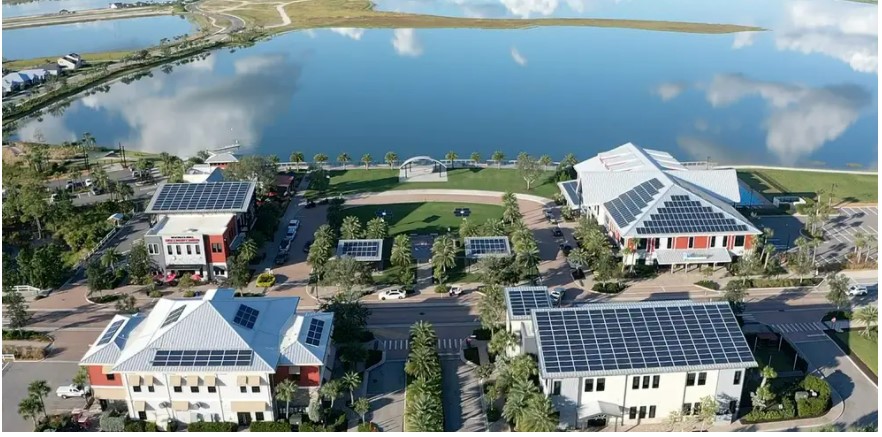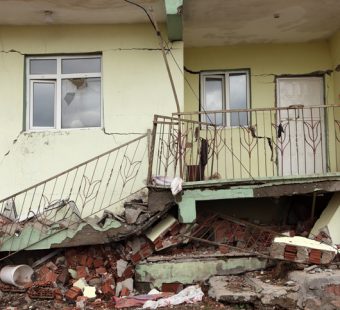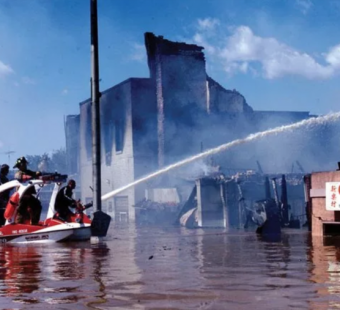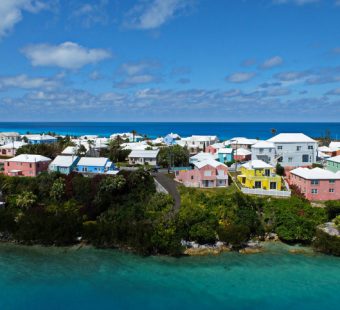
Advance Mitigation, Better Building Codes Pay Off
Max Dorfmann, Research Writer, Triple-I (10/27/2022)
The Florida town of Babcock Ranch made headlines when Hurricane Ian inflicted devastation across much of the state. While many areas were unprepared and underinsured, Babcock Ranch – 20 miles northeast of heavily damaged downtown Fort Myers – was largely unscathed, never lost electricity, and became a sanctuary for its evacuated neighbors.
The storm is estimated to have caused insured losses of $25-$40 billion in the state, according to Fitch Ratings, with only 20 percent of residents in the areas under evacuation having federal flood insurance. Many others do not have enough property insurance considering the massive amounts of destruction. At least 127 deaths have also been linked to the storm.
Babcock Ranch was founded in 2006 by Syd Kitson, after he purchased 91,000 acres of land, with the concept of creating the most resilient and sustainable community in Florida.
Kitson’s first action was to sell 73,000 acres to the state of Florida to establish a wildlife preserve. Then, he donated 440 acres to Florida’s Power & Light to build a solar power plant. Thousands of homes now line Babcock Ranch. Its 700,000 solar panels generate so much electricity the community sends its excess power to other FP&L customers.
Hurricane Ian’s 100 mph-plus winds presented the first test for Babcock Ranch’s resilience. Despite the danger, homes in Babcock Ranch were relatively unharmed; there were a few downed trees and some roof shingles torn off.
“It’s a great case study to show that it can be done right, if you build in the right place and do it the right way,” said Lisa Hall, a spokesperson for Kitson, who also lives in Babcock Ranch. “Throughout all this, there’s just so many people saying, ‘It worked, that this was the vision, this is the reason we moved here.’”
Building codes are key
Punta Gorda, a Florida town of about 20,000, also fared relatively well after Ian, thanks to stringent building code changes enacted after Hurricane Andrew in 1992 and Hurricane Charley 12 years later. Stricter structural load continuity, impact-resistant windows, and hurricane shutters are all hallmarks of a so-called “modern” code whose continued absence the American Institute of Architects warned about earlier in the summer.
“It’s a demonstration that updated building codes really work,” said Nicholas Rajkovich, an associate professor in the School of Architecture and Planning at the University at Buffalo, who specializes in adapting buildings to a changing climate. “Buildings built to newer codes consistently have fared better during hurricanes and other storms than older homes.”
This is not only the case in coastal states. Tulsa, Okla., has always had flood problems. A turning point came in 1984 when a Memorial Day flood left 14 people dead, injured 288 and flooded approximately 7,000 buildings.
“Since then, Tulsa has stood out as a leader in risk reduction,” says the Federal Emergency Management Agency (FEMA). “As a model community, they have spent decades developing lofty stormwater management goals, including drainage system maintenance and floodplain development priorities. These actions help to reduce risk from future flooding and to save lives.”
As a result, Tulsa has the highest possible rating under the National Flood Insurance Program (NFIP) Community Rating System, and its residents reap the benefits in the form of the lowest flood insurance rates in the nation. A Class 1 designation means eligible property owners will receive a 45 percent discount on their flood insurance premiums.
Inland flooding on the rise
Inland flooding is a growing problem, heavily affecting areas where homeowners tend not to buy flood insurance because mortgage lenders don’t require it.
“People don’t appreciate that they have flood risk when they are in areas where FEMA flood maps don’t necessarily say they do,” said Keith Wolfe, Swiss Re’s president for U.S. property and casualty. “This is why we’re trying to do education and get the public to understand that there’s a great opportunity to spend a little bit of money and really protect yourself.”
Flood damage is excluded under standard homeowners’ and renters’ policies, but coverage is available from NFIP and a growing number of private insurers that have gained confidence in their ability to underwrite this risk using sophisticated risk modeling.
Learn More



